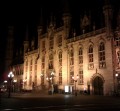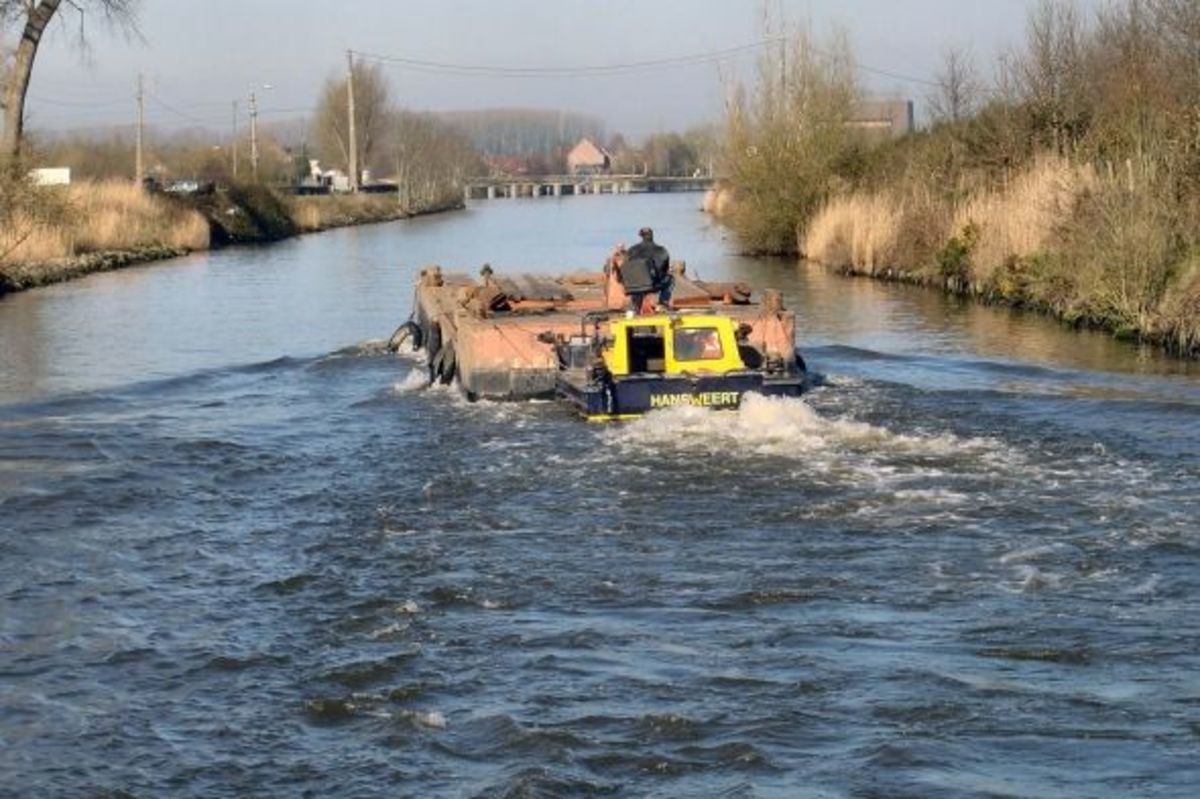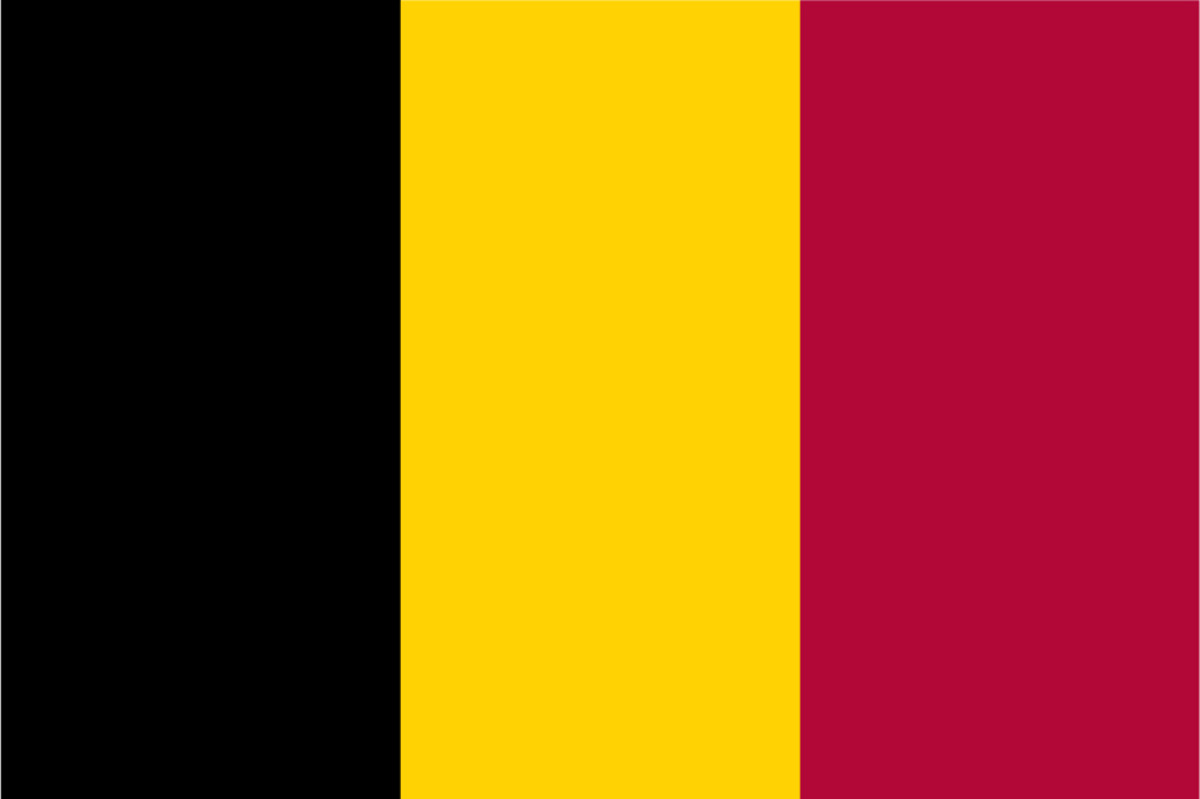Visiting Signal de Botrange, Belgium: at 694 metres, the highest point of the country
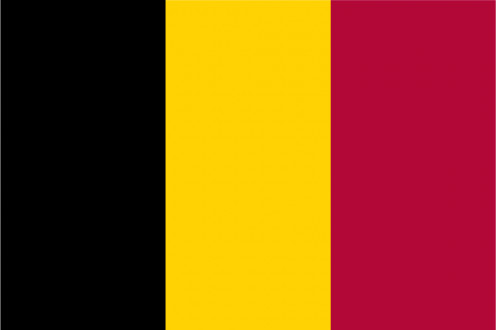
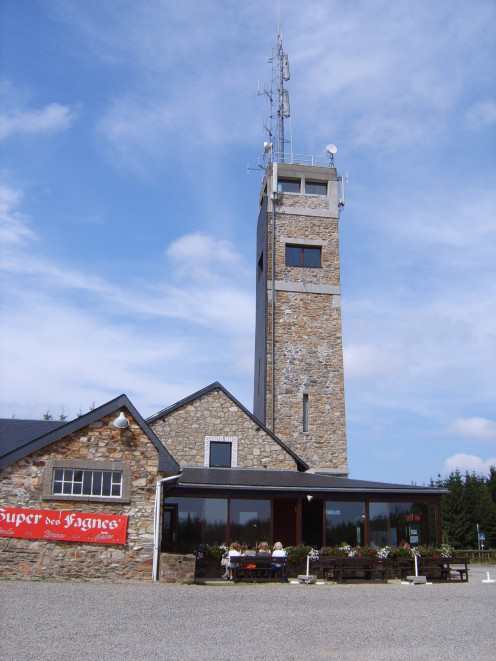
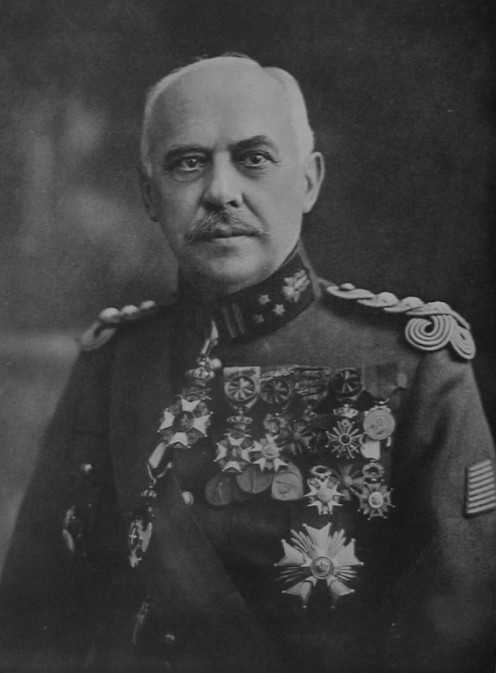
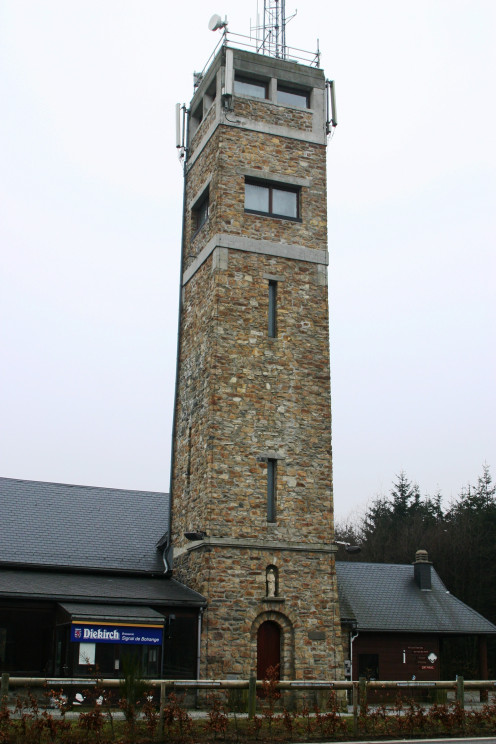
Heights and Germans; tower- and myth-building
700 metres sounds better than 694 metres.
This is why Signal de Botrange, in the Liège (German: Lüttich) province of Belgium has a peculiar history. Belgium as an independent kingdom dates from 1830, and so for Belgians to internalize which point in their delineated territory was their highest involved some soul-searching.
Soul-searching?
Well, yes. because some people really thought that it would sound a lot better for Belgians to say that the plateau point 694 metres aboive sea level, at what is known today as Signal de Botrange, was of 700 metres in height. (If the country had happened to use feet and inches insteat of the metric system, then breaking the psychological barrier of 700 metres would presumably not have mattered!)
(Do you remember — in feet and inches — what 'happened' to Mount Everest? Its height was once calculated to be exactly 29,000 feet, but in order to make this figure seem more plausible, an extra 2 feet were added, to make 29,002! Then came the day when by revised, scientific calculations its true height was reckoned actually to be 29,029 feet - 8849 metres.)
Back to Belgium's 'Everest'.
The local Governor of the Cantons of the East, Lieutenant-General Baron Hermann Baltia (1863-1938) thought that it would be good for Belgium to have a point which attained a height of 700 metres above sea level. With a background in military cartography and in Belgian colonial administration, he was anxious to cement a significant feature of what were Belgium's new territories (near Eupen and Malmédy) into Belgian national consciousness. Thus, close to what is now Signal de Botrange he built a stone monument 6 metres high, artificially taking the height of the point to 700 metres! (Even if this was cartographically less than sound... )
But as a matter of fact, the immediate area around Signal de Botrange did not actually belong to Belgium until 1919. The Treaty of Versailles awarded Belgium the Cantons of the East (French: Cantons de l'Est; German: Ostkantone) — formerly part of Imperial Germany — as a kind of 'consolation prize' for the fact that Belgium was occupied during World War One (1); this was subject to the approval of a local plebicite. Indeed, it was the good Lieutenant-General Baron Baltia who organized the plebiscite, which overwhelmingly decided (or so it seemed) to make the Cantons of the East Belgian.
Except that this is not what actually seems to have happened.
Manipulating heights and boundaries
What the good General actually carried out was slick piece of old fashioned gerrymandering. In the wording of the plebiscite, those (i.e., local German-speakers) who might have objected to the Canton of the East becoming Belgian were required to write their addresses in order to make their negative vote valid. Whereas those in favor of the measure did not have to write their addresses in order to make their vote valid. (As if to say: any German-speaker who objects may receive a 'visit'...)
However, in 1934, a meteorological tower, excuted in stone, built at this point, gave it an alternative height that was even 'better' than the stone monument's height. The tower's height is 24 metres, supposedly bringing Belgium to 718 metres!
But in recent years, the cartographic unsoundness of such thinking has been set aside, and today the 694 metre height it again usually given as the genuine figure.
The tower complex is complemented by a restaurant on site, to which travellers across the surrounding Hautes Fagnes (German: Hohes Venn) frequently repair.
Interestingly, Signal de Botrange marked the language frontier between French- and German-speaking parts of eastern Belgium. While during World War Two, the Cantons of the East reverted to Germany, at the end of that war they were re-annexed again to Belgium, for the obvious reason that any innovation which was perceived to have been carried out by the Nazi invaders had to be reversed. (Today, a peaceful German-speaking community in eastern Belgium exercises language rights and has its own territorial parliament based at Eupen, to which a chief minister and administration are answerable. For its part, the neighbouring Federal Republic of Germany has shown itself singularly uninterested in encouraging irredentism among German-speaking populations beyond its borders.)
Signal de Botrange is located in Waimes (German: Weismes) municipality, at Route de Botrange 133, 4950 Botrange-Waimes, in Belgium's Walloon region (French: Région wallonne; German: Wallonische Region).
July 17, 2013
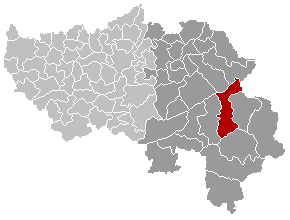
Note
(1) At the end of World War One, there was also a myth encouraged by the Belgian government of the day about a tiny minority of Francophones living beyond the German border which needed to be 'rectified', the method of rectification involving the annexing to Belgium of territory largely containing German-speakers greatly outnumbering the Francophones in Germany on whose supposed behalf the Belgian government claimed to be acting.
Also worth seeing
In Waimes (German: Weismes) municipality, the restored Reinhardstein Castle dates from 1354.
...
How to get there: Brussels Airlines flies from New York (JFK) to Brussels Airport, where car hire is available (distance from Brussels Airport to Signal de Botrange: approx. 154 kilometres). Please check with the airline or your travel agent for up to date information. Please refer to appropriate consular sources for any special border crossing arrangements which may apply to citizens of certain nationalities.
MJFenn is an independent travel writer based in Ontario, Canada.
Other of my hubpages may also be of interest
- Visiting Reinhardstein Castle, eastern Belgium: Medieval memories
- Visiting Bouillon, Belgium: memories of Godefroid, styled King of Jerusalem, and his castle
- Visiting Martelange, Belgium: or, Be confused by this quadrilingual town
- Visiting Eupen: historic architecture in the capital of the German-speaking Ostkantone, Belgium
- Visiting Bruges, Belgium: dizzyingly high towers and powerful, Medieval memories




